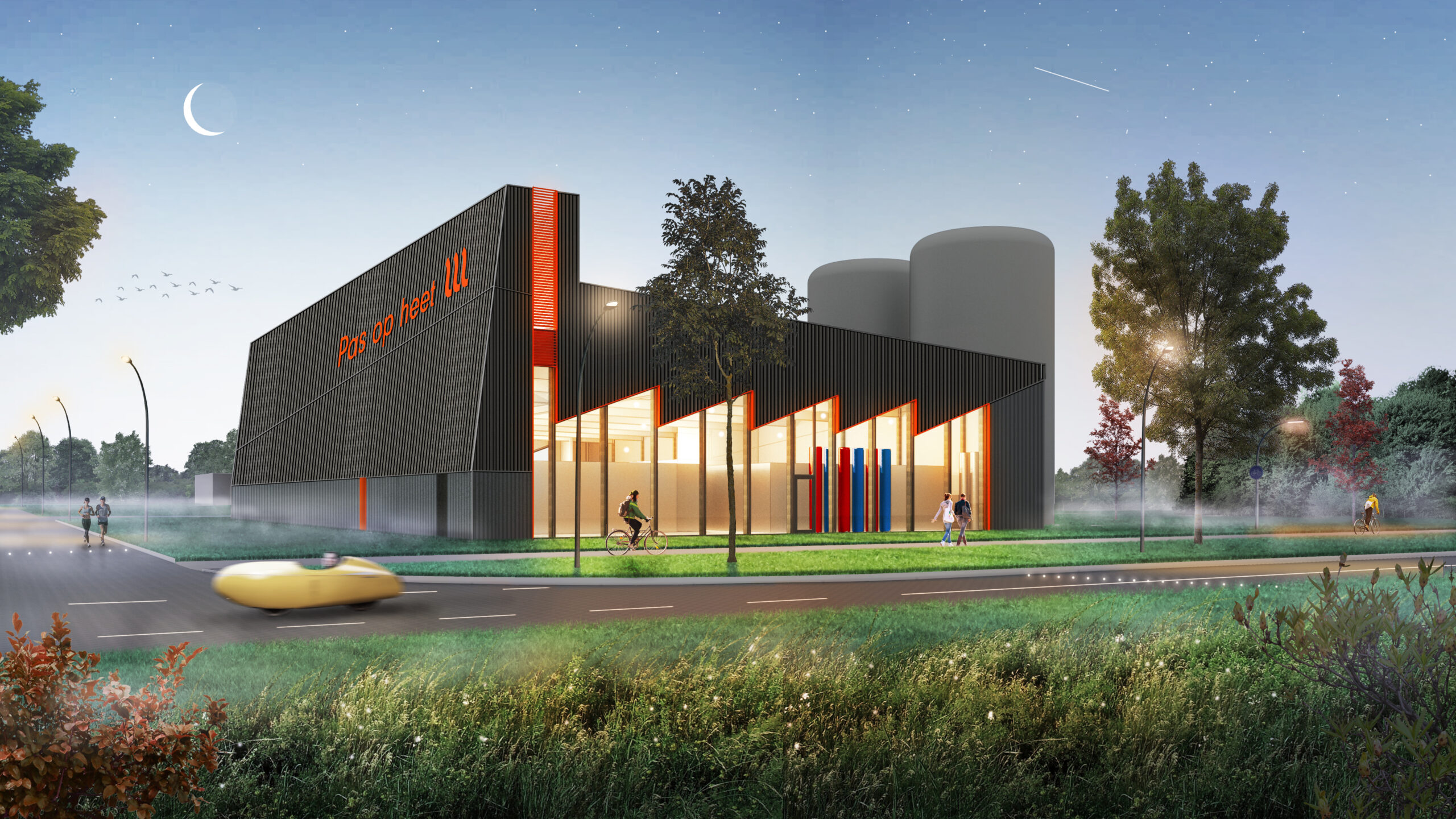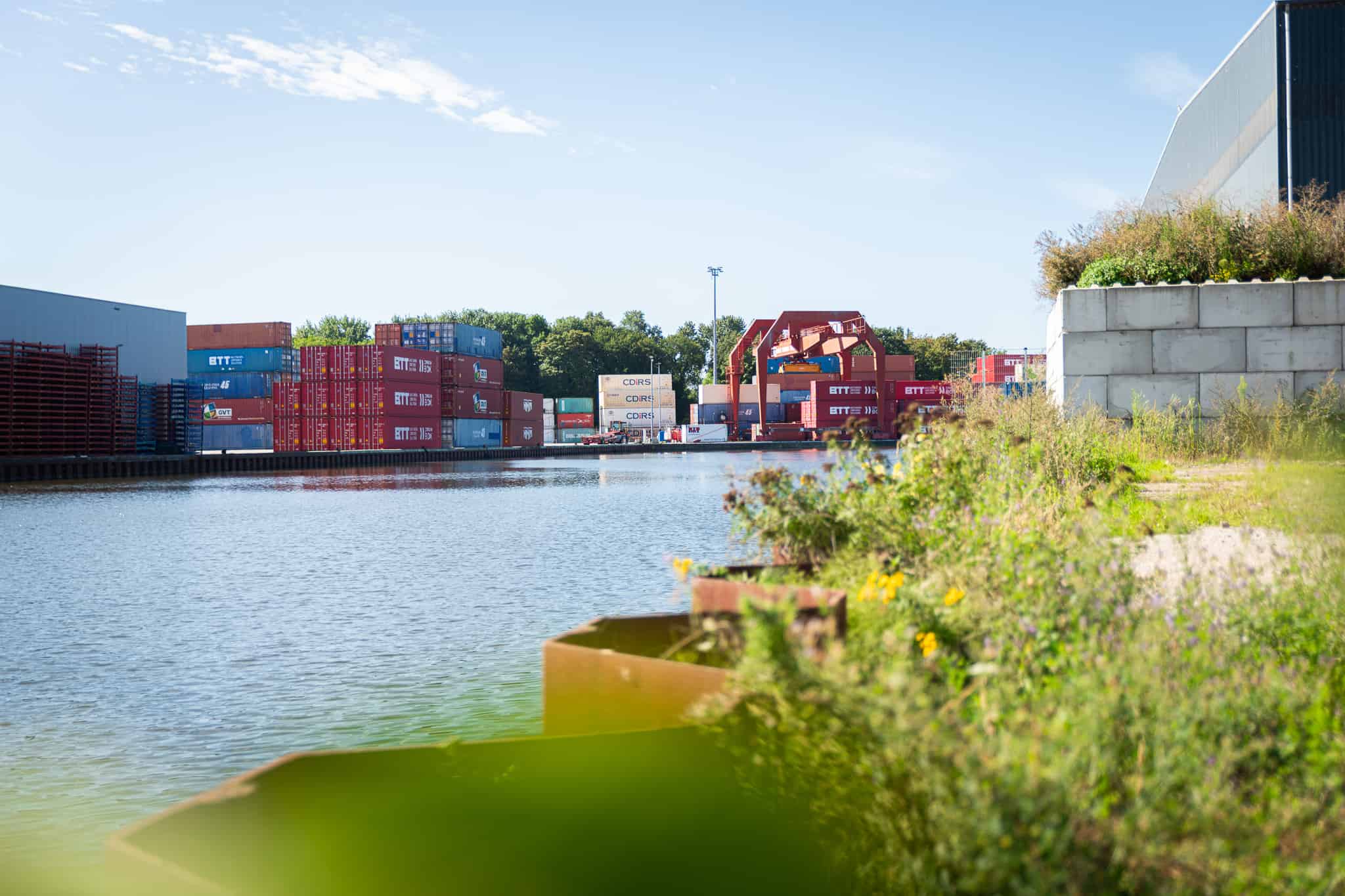
By 2050, according to the climate agreement, the vast majority of homes in the Netherlands will need to become sustainable, in other words, ‘future-proof’. Groningen wants to lead the way where sustainable energy is concerned. This is why it is encouraging the development of innovative heat projects by WarmteStad, which makes use of residual heat from data centers and seasonal storage of sustainable heat. “We want to be able to provide at least 20,000 homes in Groningen with sustainable heat and cooling over the coming years.”
The municipality of Groningen aims to be CO2 neutral as early as 2035. So there is plenty of work to be done. WarmteStad, a sustainable heat company from the northern Dutch city of Groningen, is developing heat networks in the city as part of this energy transition. “All over the Netherlands, people are thinking about replacing the current heat supply systems. But in Groningen we are already really moving forward in rolling this out,” says director Dick Takkebos. He outlines one development towards a new generation of heat networks where multiple sustainable energy sources are utilized, data is used to match the supply and demand of heat, and the sustainable energy generated in the summer is also stored.
The Groningen company will soon be making use of all kinds of innovative sources and techniques. Such as residual heat from data centers on the Zernike campus, electric heat pumps in combination with thermal energy, and underground seasonal storage of heat and cold. The new sustainable heat plant on the Zernike site is currently under construction and will facilitate these developments. The plant will be put into operation early next year.
Residual heat from data centers
For its sustainable heat, WarmteStad is working together with, among others, the Bytesnet and QTS data centers located at Zernike. “We plan to reuse the residual heat from computers in the data centers located opposite our production site. They have rooms with computers that produce a lot of heat. That heat is normally considered a residual by-product that nothing is done with. That’s a waste. We will use that heat to heat buildings in the city. That’s sustainable and also inexpensive, because you don’t have to pay anything for the residual heat yourself.” Many institutions and companies in the city, such as the Hanze University of Applied Sciences, make use of these data centers. “Those are usually parties that we also supply heat to. So in effect, they get the heat that they produce with their server park in the data center delivered back to them by us, upgraded, for heating their premises. Consequently, it has become a local, circular and sustainable system.”
Summer and winter
Besides the use of residual heat, WarmteStad is also in the process of preparing a project that uses solar heat, also known as solar thermal heating, at the former sludge depot in Dorkwerd. To do this, the heat company is working with the development companies Solarfields and K3Delta. “In the solar thermal park, the solar panels are not used to generate electricity, but to make hot water. As a result, about four times more energy is utilized from the sun than what’s used to produce electricity. However, the problem is usually that solar heat is produced mainly in summer, even though it is mostly needed in winter. This is why WarmteStad is going to make use of a so-called Aquifer Thermal Energy Storage, or ATES. This entails storing the heat about 175 meters deep in underground water-bearing earth layers, what are known as aquifers.”
The Province and the municipality are together providing a subsidy of four million euros in total from the National Programme Groningen for the creation of this ATES. With this investment, heat generated by solar collectors but also, for example, from surface water (aquathermy) can be stored underground and transported by pumps via a pipeline to the new heat plant. The heat plant will ensure that the right temperature is reached and supplies homes and buildings with heating via the heat network.
“We use a lot of information to decide which sources to use, how much heat to store and when to supply it,” says the heat director, “For example, info on the energy price trends but also data on weather forecasts. This way, the heat can be used efficiently and supplied whenever it is needed. If we store the heat, which is generated sustainably in the summer, and use it in the winter, then less natural gas is needed to heat homes in the winter. In other words, it’s a whole lot more sustainable.”
Ready for the future with electric heat pumps
According to Takkebos, just as is the case in the automotive industry, we are seeing that more and more use is being made of electricity for the supply of heat. You can already see this in individual homes, where heat pumps are set to replace gas boilers. But a heat network can also do that. Which is why WarmteStad is planning to be work with modern electric heat pumps. “This electricity should be generated sustainably, of course, given that electricity in itself is not automatically sustainable. You can, after all, generate energy with a coal or gas power plant too. That is why we buy green electricity from solar farms in the area. And the power from the electricity grid is gradually becoming greener too. So, with our electrical systems, we are ready for a sustainable energy-neutral future where more and more energy is generated in a sustainable way by means of, for example, offshore wind.”
Energy supply of the future
Ultimately, WarmteStad wants to supply 20,000 households in Groningen with sustainable energy. More and more cities in the Netherlands will be switching over to a decentralized energy system where a variety of sustainable sources play a role, Takkebos foresees. “That switch from a centralized to decentralized system is not easy, but in the end it mainly brings advantages and it is essential for a sustainable future.”
Read other stories about Groningen via this link.







